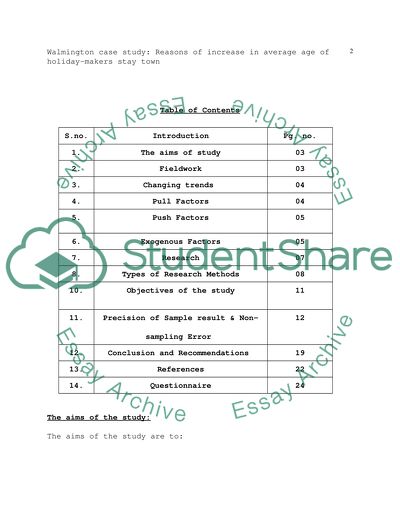Cite this document
(“Age of Holidaymakers in Walmington Research Paper”, n.d.)
Age of Holidaymakers in Walmington Research Paper. Retrieved from https://studentshare.org/sociology/1519283-age-of-holidaymakers-in-walmington
Age of Holidaymakers in Walmington Research Paper. Retrieved from https://studentshare.org/sociology/1519283-age-of-holidaymakers-in-walmington
(Age of Holidaymakers in Walmington Research Paper)
Age of Holidaymakers in Walmington Research Paper. https://studentshare.org/sociology/1519283-age-of-holidaymakers-in-walmington.
Age of Holidaymakers in Walmington Research Paper. https://studentshare.org/sociology/1519283-age-of-holidaymakers-in-walmington.
“Age of Holidaymakers in Walmington Research Paper”, n.d. https://studentshare.org/sociology/1519283-age-of-holidaymakers-in-walmington.


